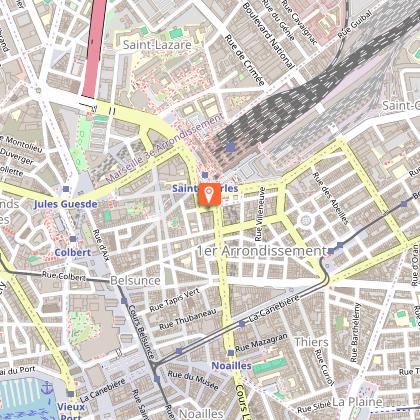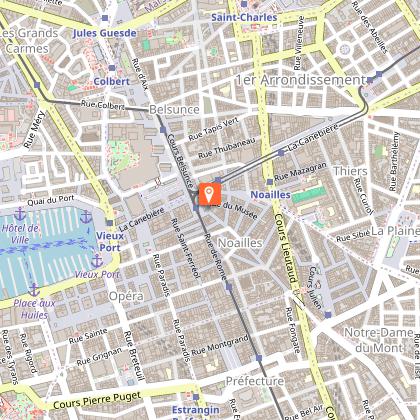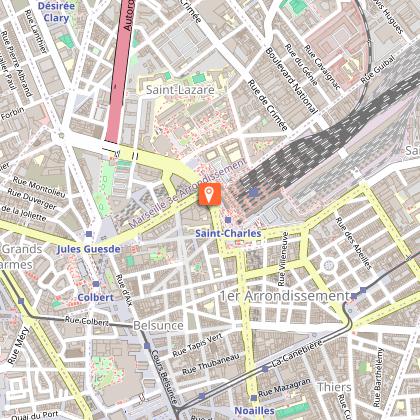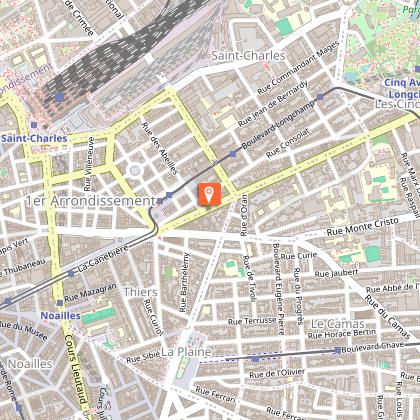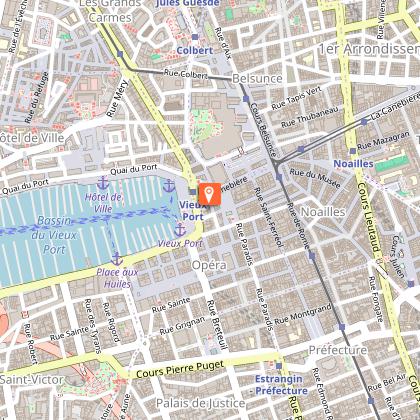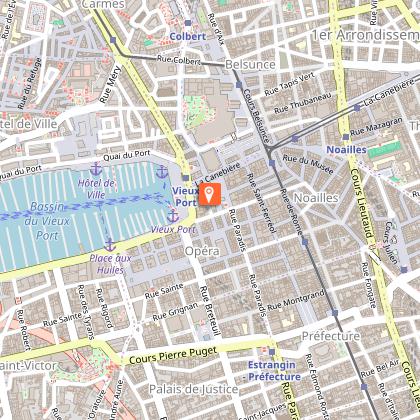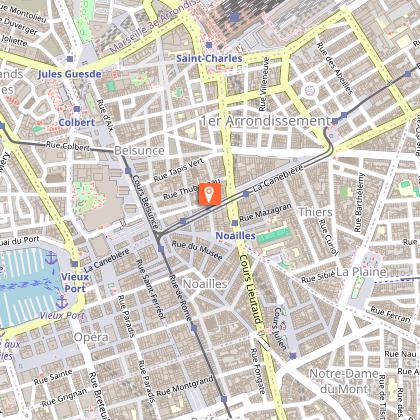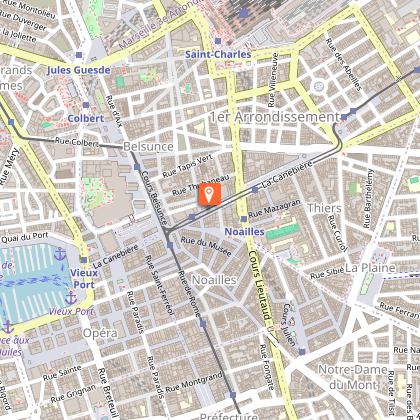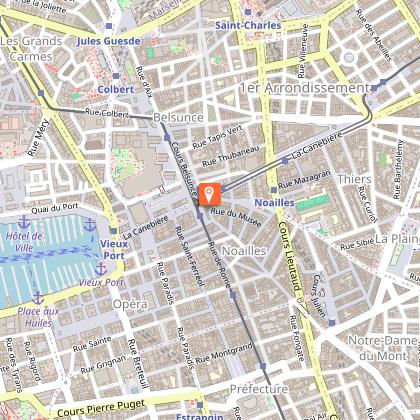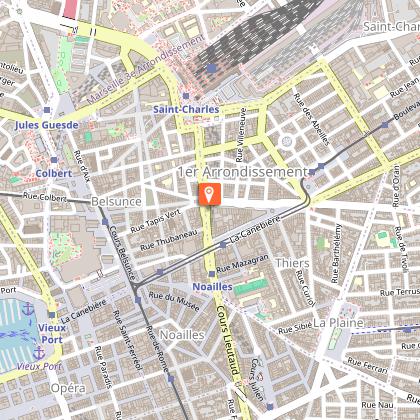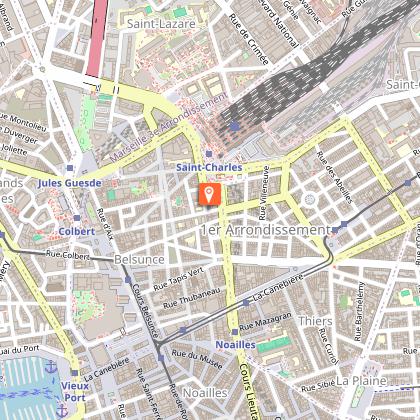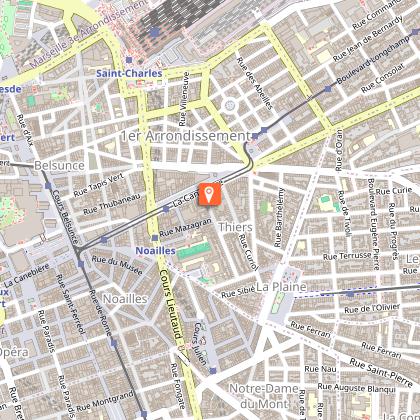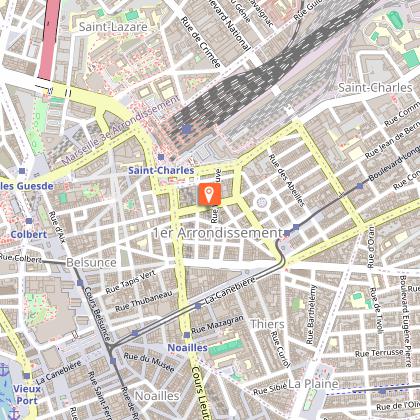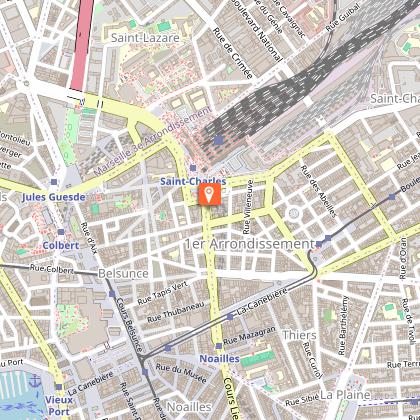Tours
Activities
Places of interest
Where to eat
Where to sleep
Discover Marseille at HOTEL VICTORY
Are you the owner?Welcome to Marseille's first arrondissement, a vibrant and historic district full of Mediterranean charm. During your stay at HOTEL VICTORY, explore local cultural treasures such as the Old Port, just a few minutes' walk away, where you can admire traditional fishing boats and savor fresh seafood. Don't miss the lively fish market with its vibrant colors. Nearby, the Panier district will welcome y...See more
Walking around HOTEL VICTORY
See more suggestionsDiscover the trails of HOTEL VICTORY.
See more suggestionsWhat to do in HOTEL VICTORY
See more suggestionsEnjoy the activities available in HOTEL VICTORY for moments of relaxation and fun.
See more suggestionsIGN cards

3145ET - MARSEILLE LES CALANQUES
Editor : IGN
Collection : TOP 25 ET SÉRIE BLEUE
Scale : 1:25 000
13.90€

TOP75035 - PROVENCE SAINTE VICTOIRE ST BAUME CALANQUES
Editor : IGN
Collection : TOP 75
Scale : 1:75 000
9.80€
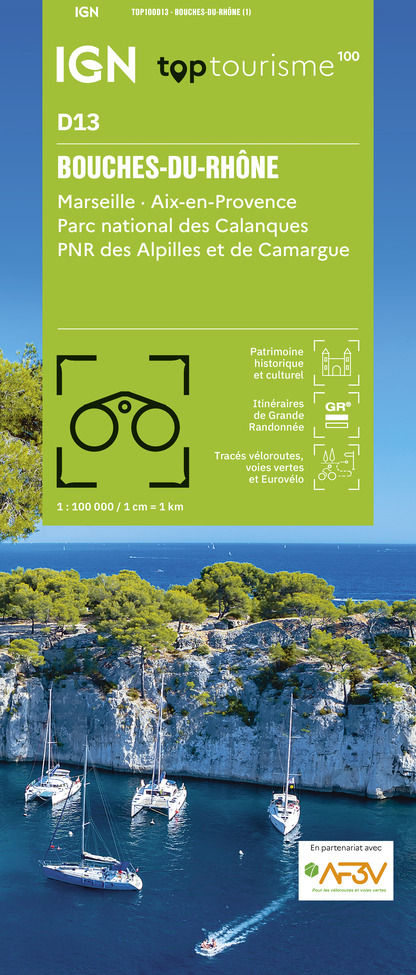
TOP100D13 - BOUCHES-DU-RHÔNE MARSEILLE AIX-EN-PROVENCE PARC NATIONAL DES CALANQUES PNR DES ALPILLES ET DE CAMARGUE
Editor : IGN
Collection : TOP 100
Scale : 1:100 000
8.40€

D83 VAR
Editor : IGN
Collection : CARTES DÉPARTEMENTALES IGN
Scale : 1:150 000
5.90€

D13-84 BOUCHES-DU-RHÔNE VAUCLUSE
Editor : IGN
Collection : CARTES DÉPARTEMENTALES IGN
Scale : 1:150 000
5.90€
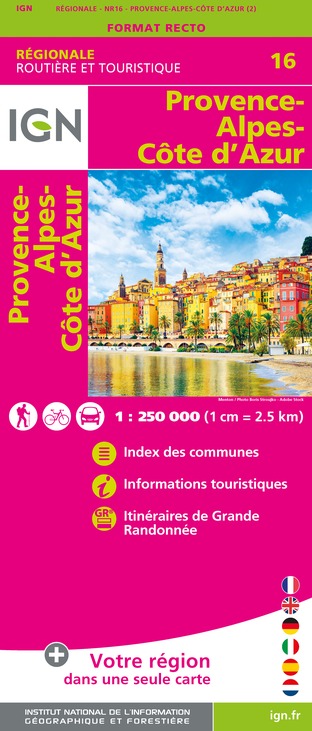
NR16 PROVENCE-ALPES-CÔTE D'AZUR
Editor : IGN
Collection : CARTES RÉGIONALES IGN
Scale : 1:250 000
6.80€

EUROPE
Editor : IGN
Collection : DÉCOUVERTE DES PAYS DU MONDE IGN
Scale : 1:2 500 000
7.00€
What to visit in HOTEL VICTORY
See more suggestionsVisit the historical sites of HOTEL VICTORY.
See more suggestionsWhere to eat in HOTEL VICTORY
See more suggestionsThe restaurants of HOTEL VICTORY await you.
See more suggestionsWhere to sleep in HOTEL VICTORY
See more suggestionsChoose from a variety of lodgings in HOTEL VICTORY.
See more suggestions









